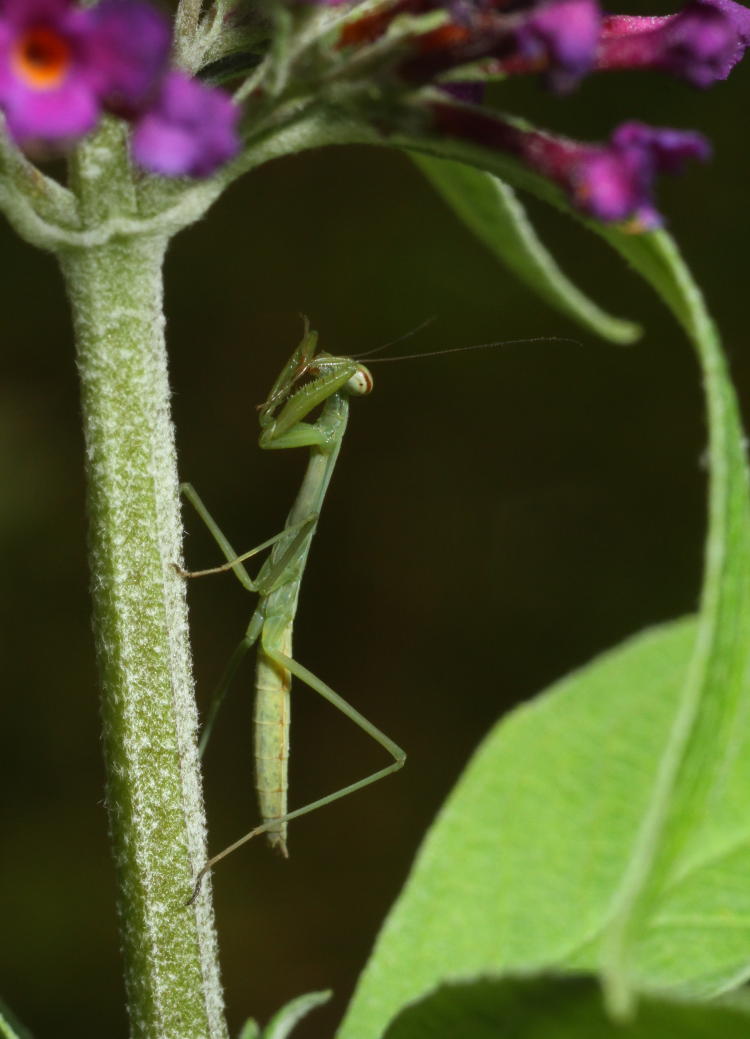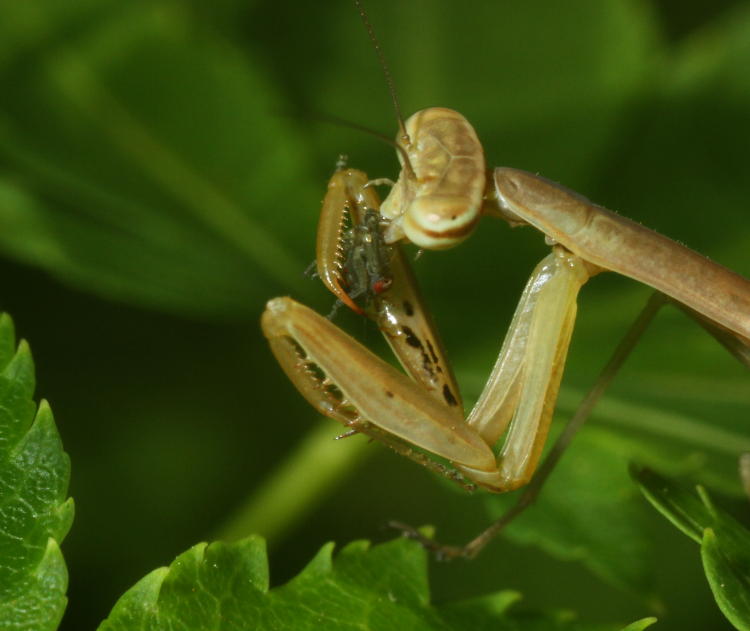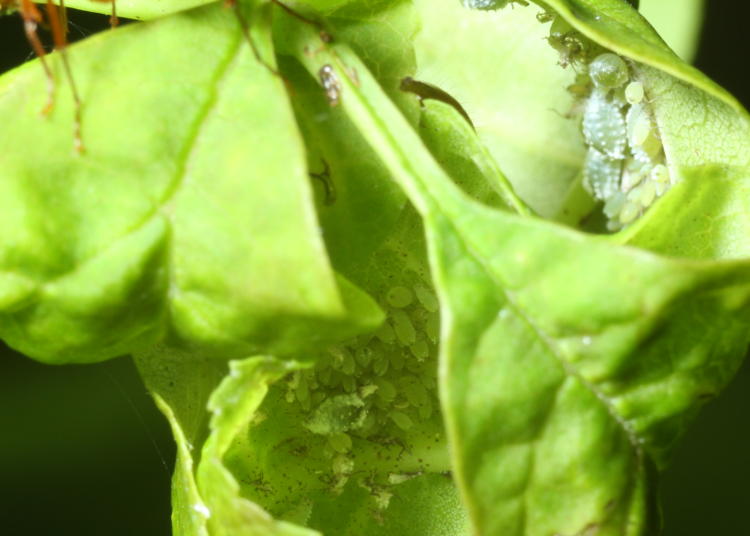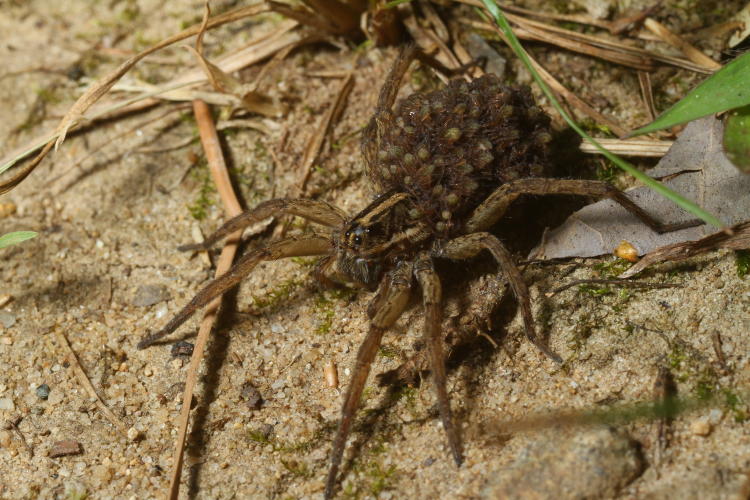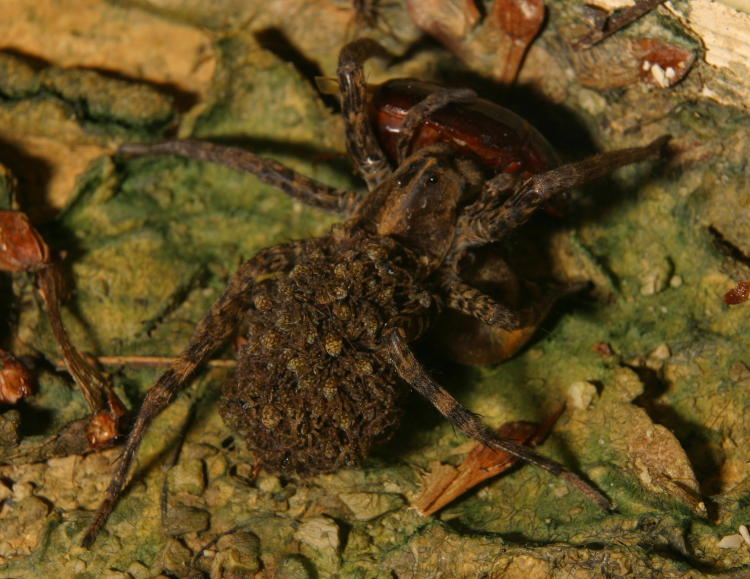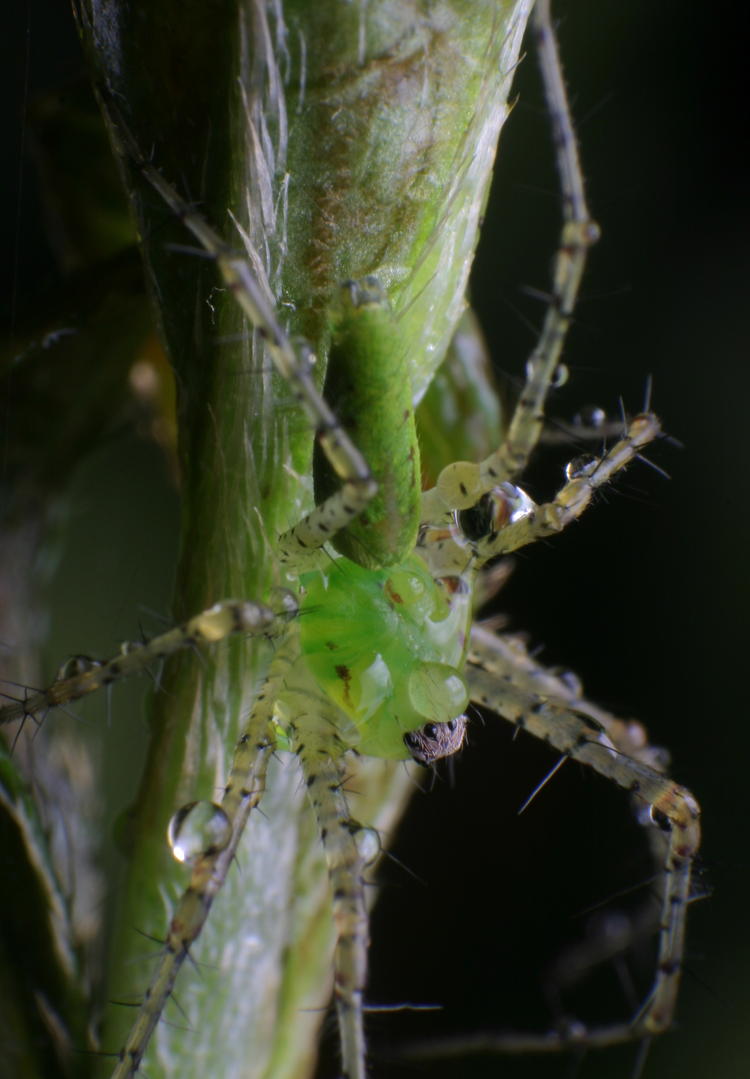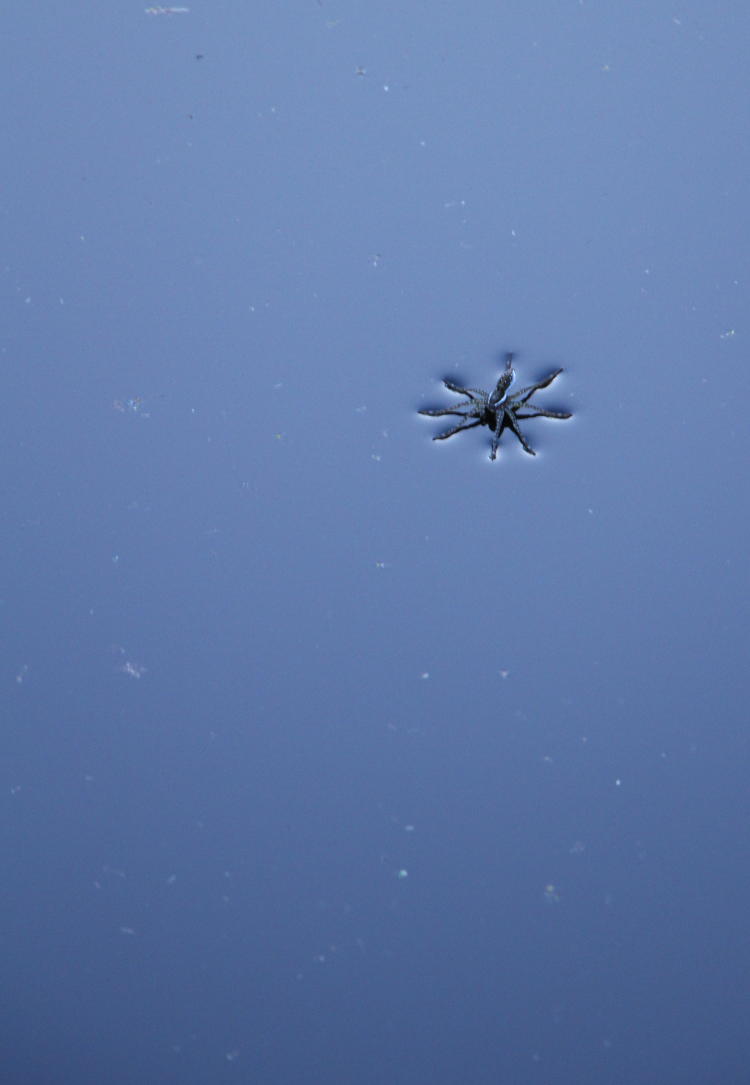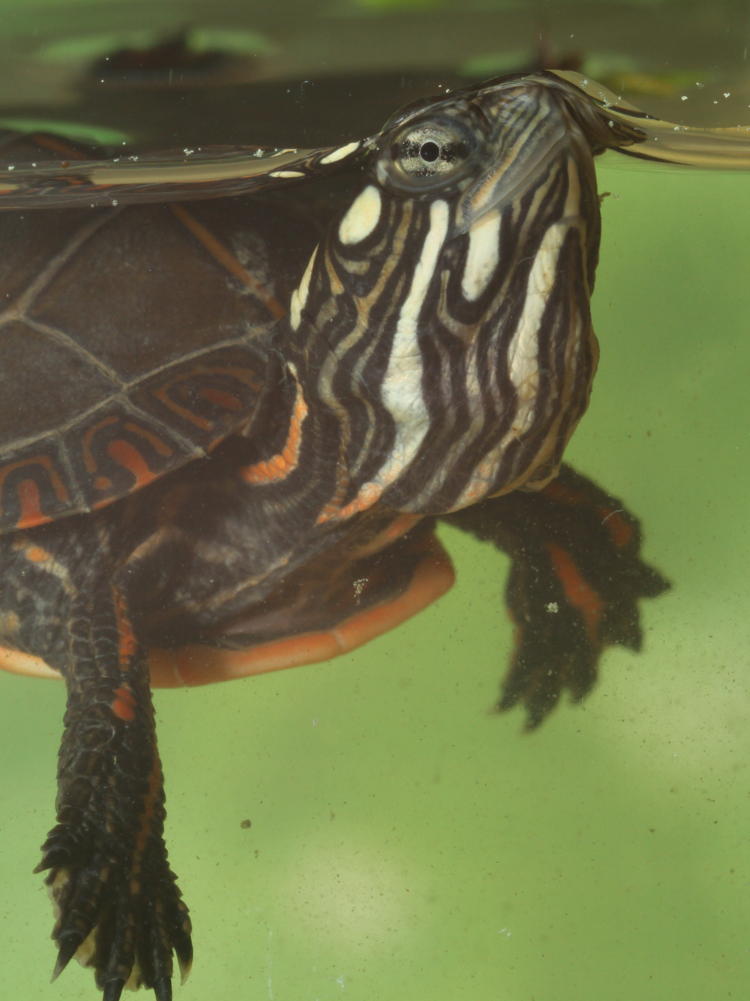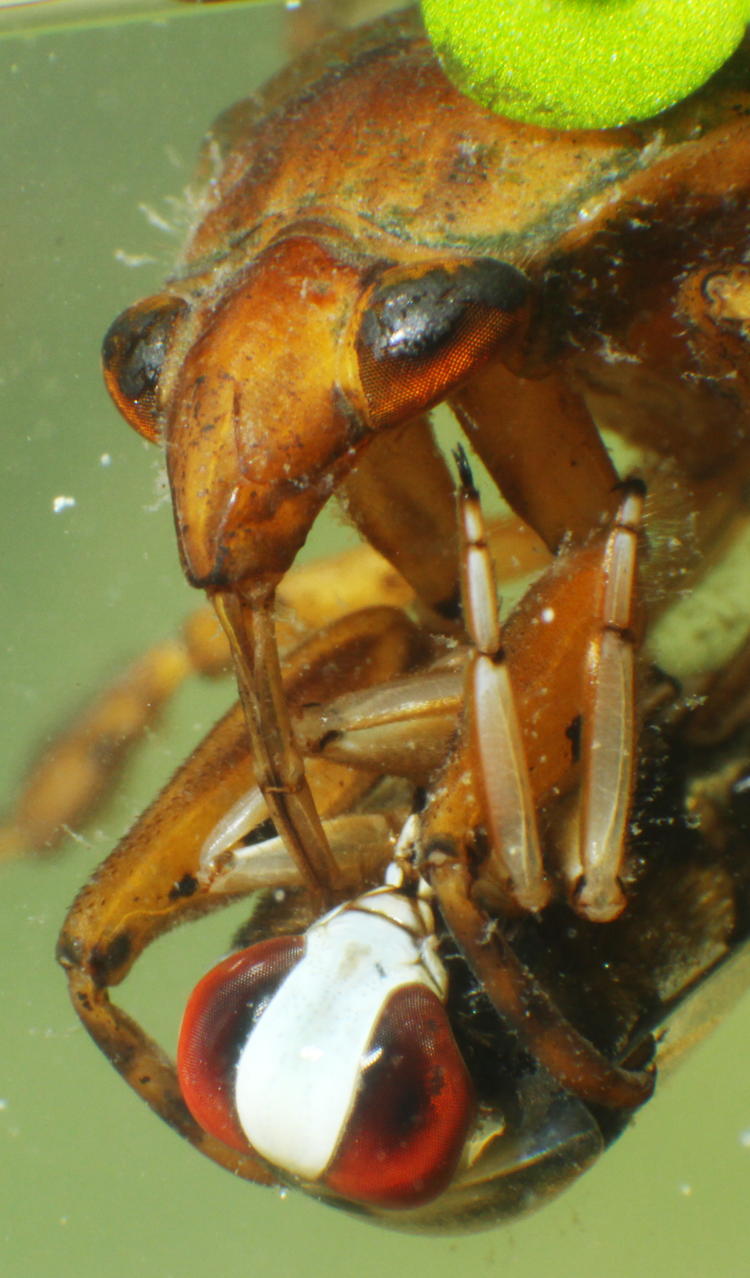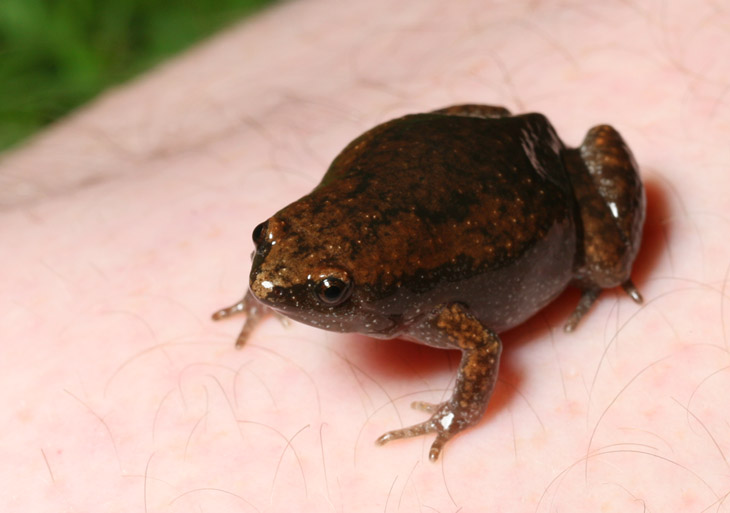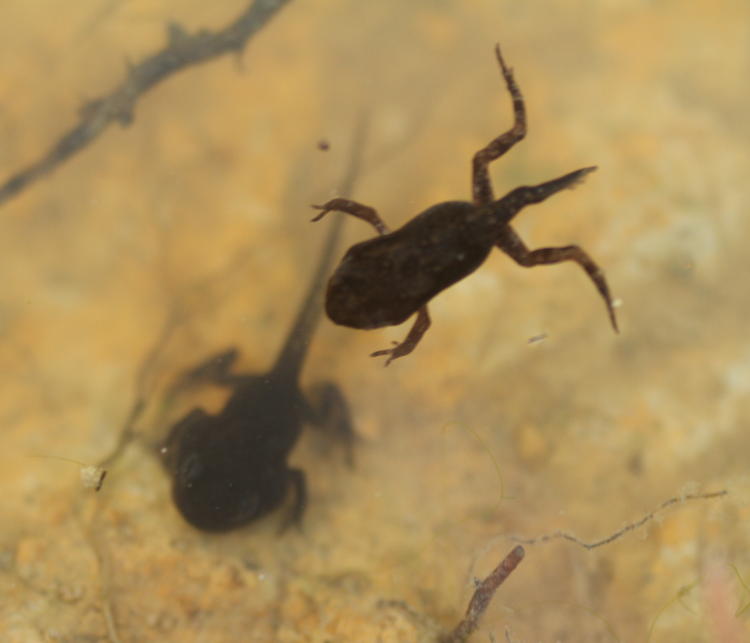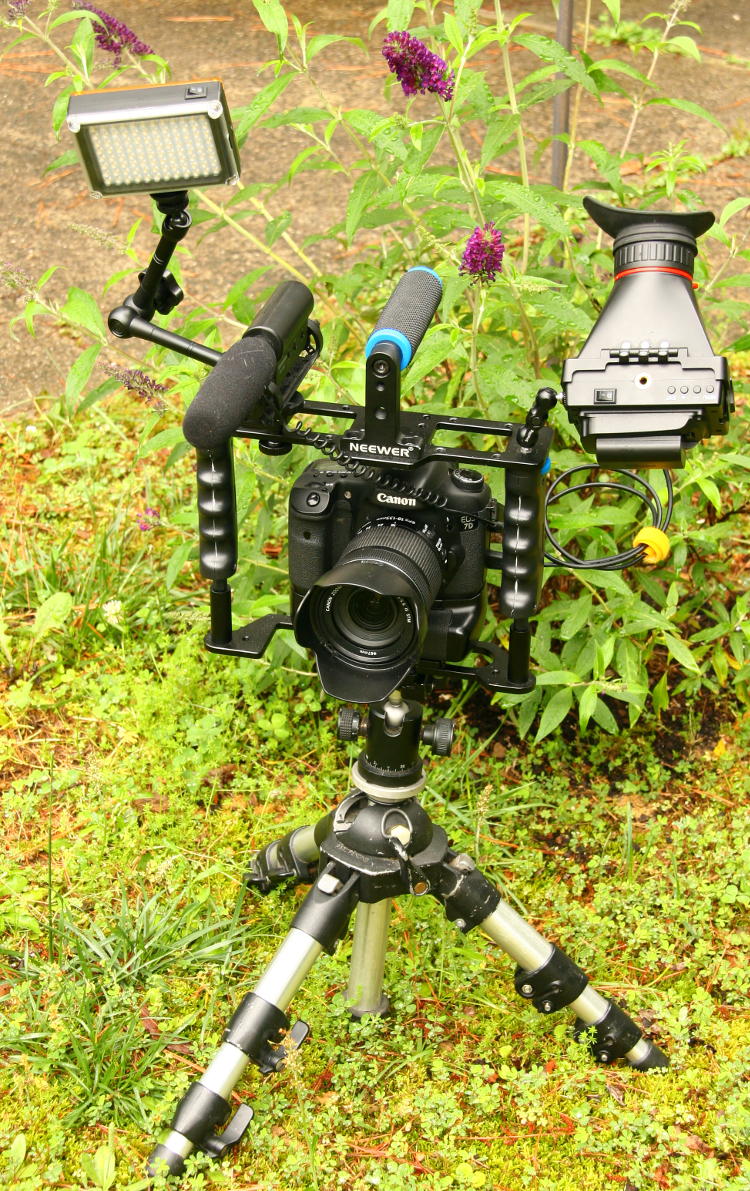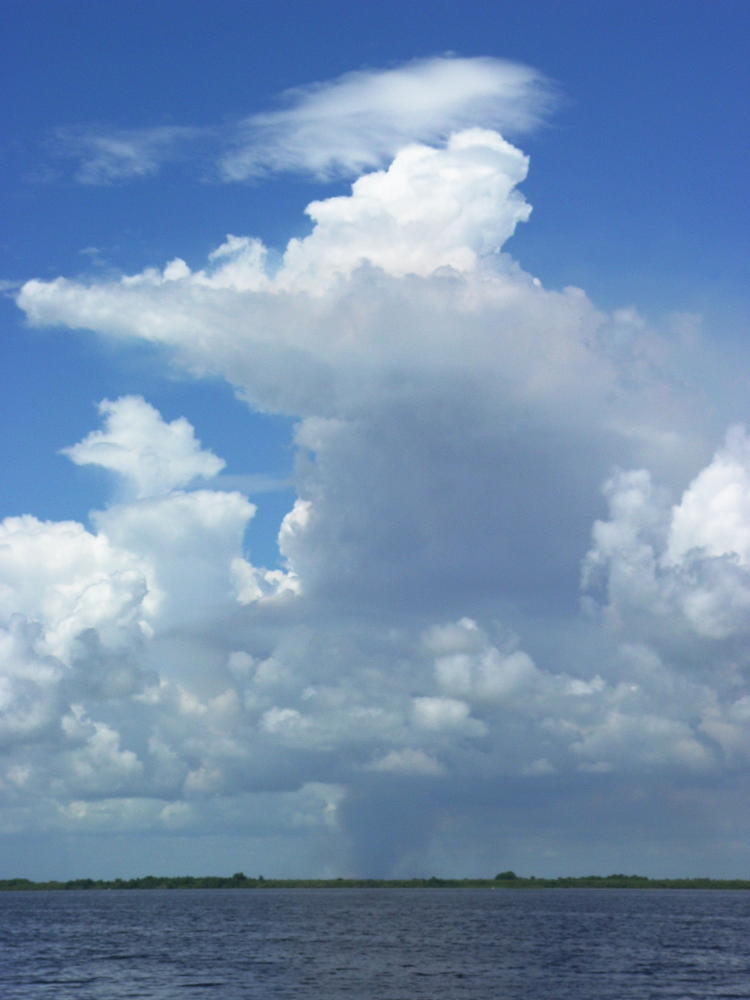
This week, we’re back in Florida, in 2004, looking at a distant thunderhead dumping some heavy rains onto a region far to the west. Such displays were and are extremely common in Florida, as the prevailing winds carried moisture-laden air off of the Gulf of Mexico and across the state, where it encountered the overheated and rapidly rising air from the land mass, driving the moisture kilometers high, dropping its temperature and producing ice pellets. Eventually, the ice became too heavy for the rapid updrafts and fell again, melting on the way down to contact the earth as rain. Most times; serious updraft activity could keep the ice aloft for much longer, getting heavier with accumulation, and when it finally fell it wouldn’t have time to melt, and that’s hail. This method of exchanging heat with the upper atmosphere is also why the ambient air temperature drops with thunderstorms – except, not too often in Florida, because these cells tend to be sporadic and singular, as seen here.
You learn quickly to pay attention to rapidly growing, tall white fluffy clouds out to the west, because they’re often heading your way, and they can dump a lot of rain rapidly, what I call the Afternoon Monsoons. I remember one snorkeling trip on a brilliantly sunny day, but seeing that cotton off in the middle distance. I was on a bicycle, so I ended my snorkeling and headed home. Only a little ways back, the sky had become very dark, and at the halfway mark I could actually see the rain advancing on me down the road in a wall. Barely got the camera into the ziplock bag (that I carried expressly for that purpose) in time.
By the way, I’ve had this image sitting in the blog folder for a while, just to talk about Florida thunderstorms, and a few weeks back realized it would fit with the On This Date posts, and so saved it for today. There’s another too, but you won’t see that until December ;-).
Now we jump forward to 2010.
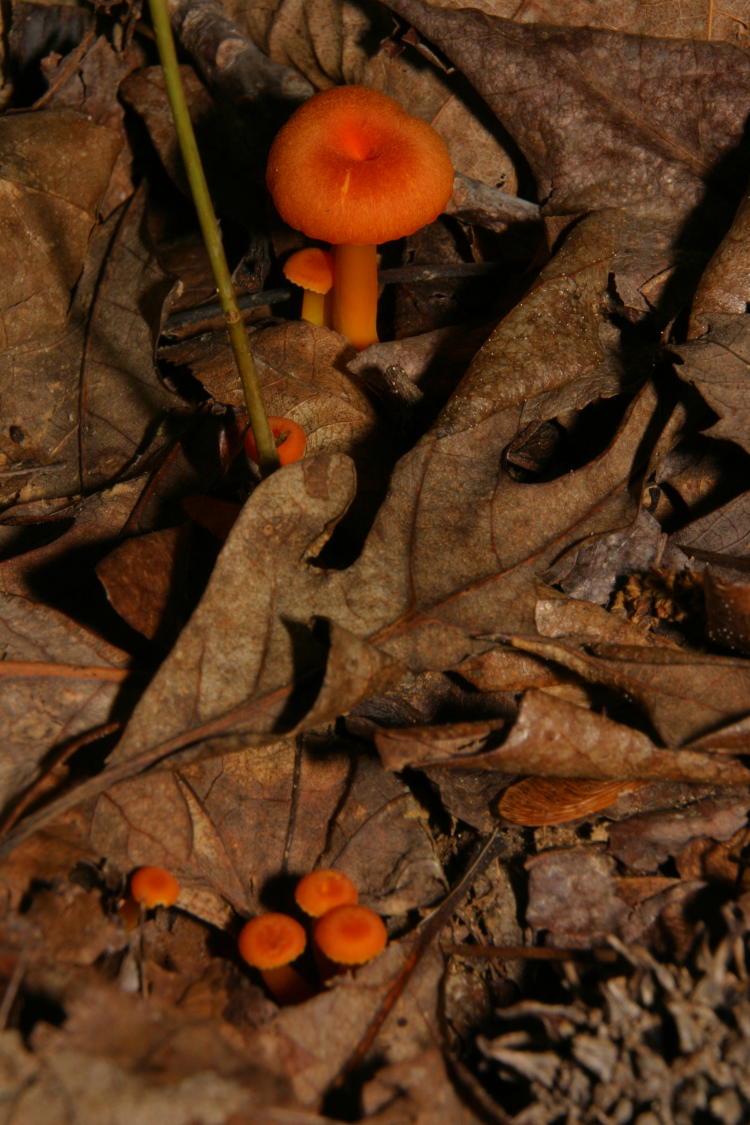
There are a large number of images from this date, all of mushrooms and fungi, and I seem to recall having a particularly wet week not long before. This soon became a long, tortuously-hot spell where the prime moisture for the local plants was my own sweat. Don’t ask me to identify these; I don’t have a handy guide and, to be honest, really don’t care. Yes, I’m dissing the mycologically-inclined readers out there.
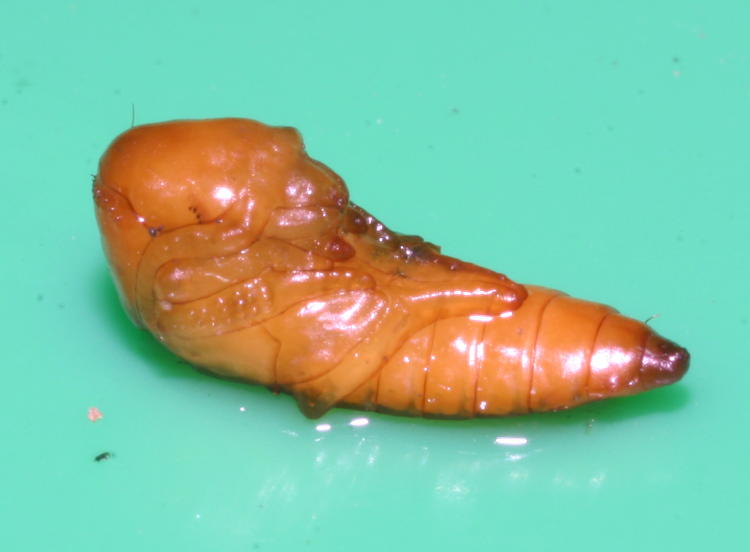
In 2012, I had found this unidentified pupa, and took a lot of photos of it, from all angles, trying to determine what it might be – but I neglected a measurement (partially because, I hadn’t yet created the handy little paper rulers that I now carry routinely.) There is a cluster of four eyes like caterpillars have, but the legs and antennae seem to be developing well, so I’m guessing it’s a butterfly or moth on the way, though I suppose those details could be applicable to a lot of different species of insect, so, hmm. I can say that it was nowhere near the size of the hornworms in that linked post – more like 15mm, give or take. I would have expected this stage to be safely encapsulated in a cocoon or something, but no longer recall where or how I found it. So much for trivia.

This was from 2014 (still is, really,) and I include it mostly as a curiosity – I remember the trip The Girlfriend and I took, exploring the quaintly-named town of Saxapahaw and the Haw River a bit. This was built in the 1940s and represents a fairly common practice then, of using different colored bricks to spell out the company name, a no-maintenance billboard – I remember seeing such things all around New Jersey as I was growing up, but the practice faded. I can’t imagine this today, since companies cannot seem to keep the same name for a whole seven years and redoing all the brickwork would probably get a bit expensive.
(This is in the process of being restored, by the way.)
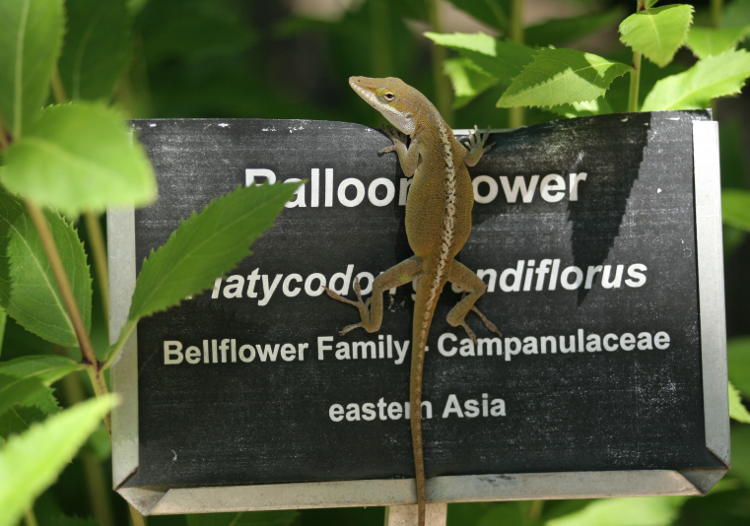
Our last is from 2016, and I liked the image but never found a use for it then (not that I have now) – just didn’t fit into any posts at that time. This is a Carolina anole (Anolis carolinensis) pausing on an identifying plaque in the NC Botanical Garden, and from the girth I’m suspecting a pregnant female. Another curiosity: while they were not in bloom at any point that I ever recall in the garden, the plaque is identifying balloon flowers (Platycodon grandiflorus,) which the following year we began hosting routinely in our porchside planters, and which I thought I had a photo of somewhere on the blog and just spent way too damn long trying to find. Exciting, I know. It’ll get better someday – it’s been a long week and it’s not even half over.

















































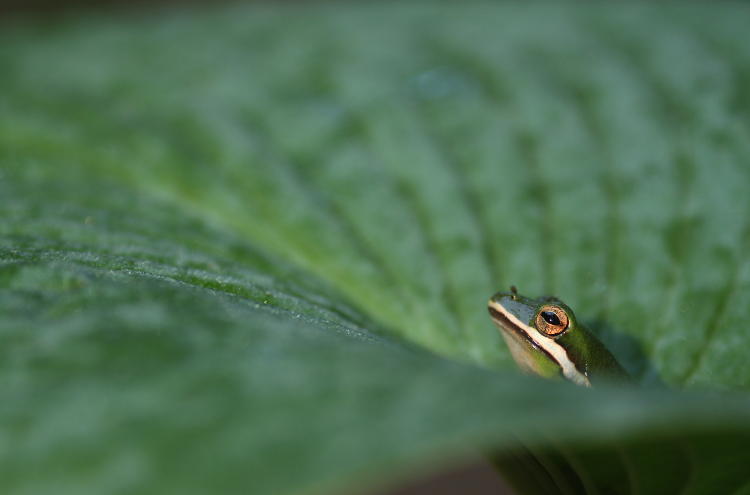
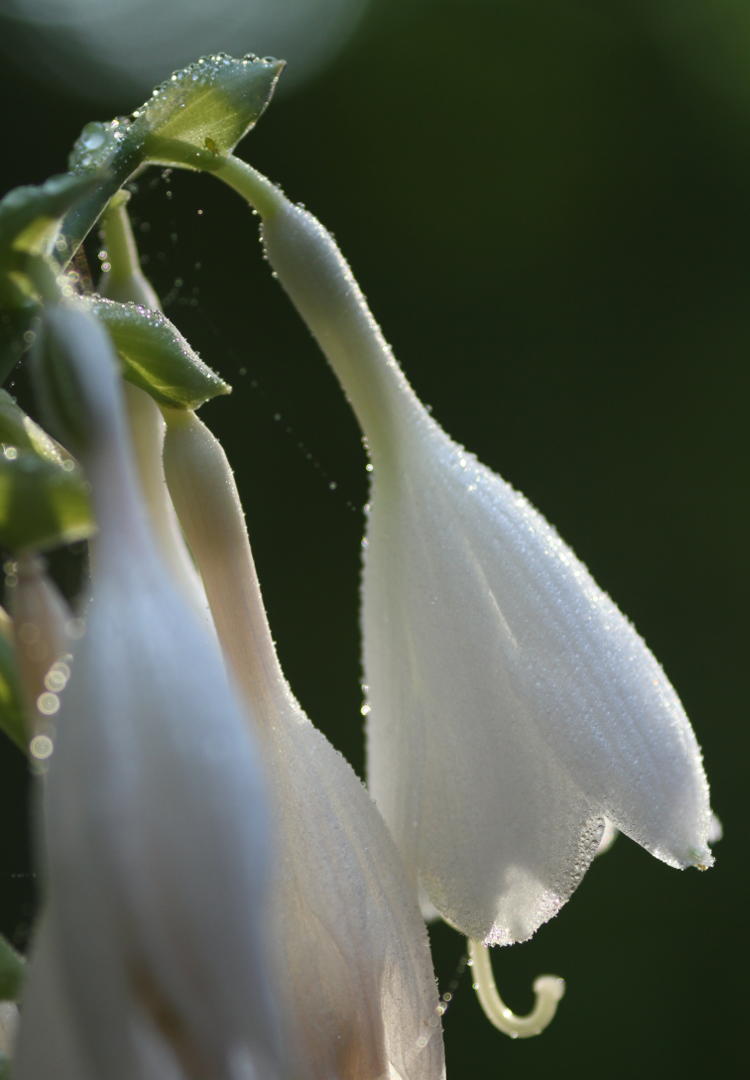
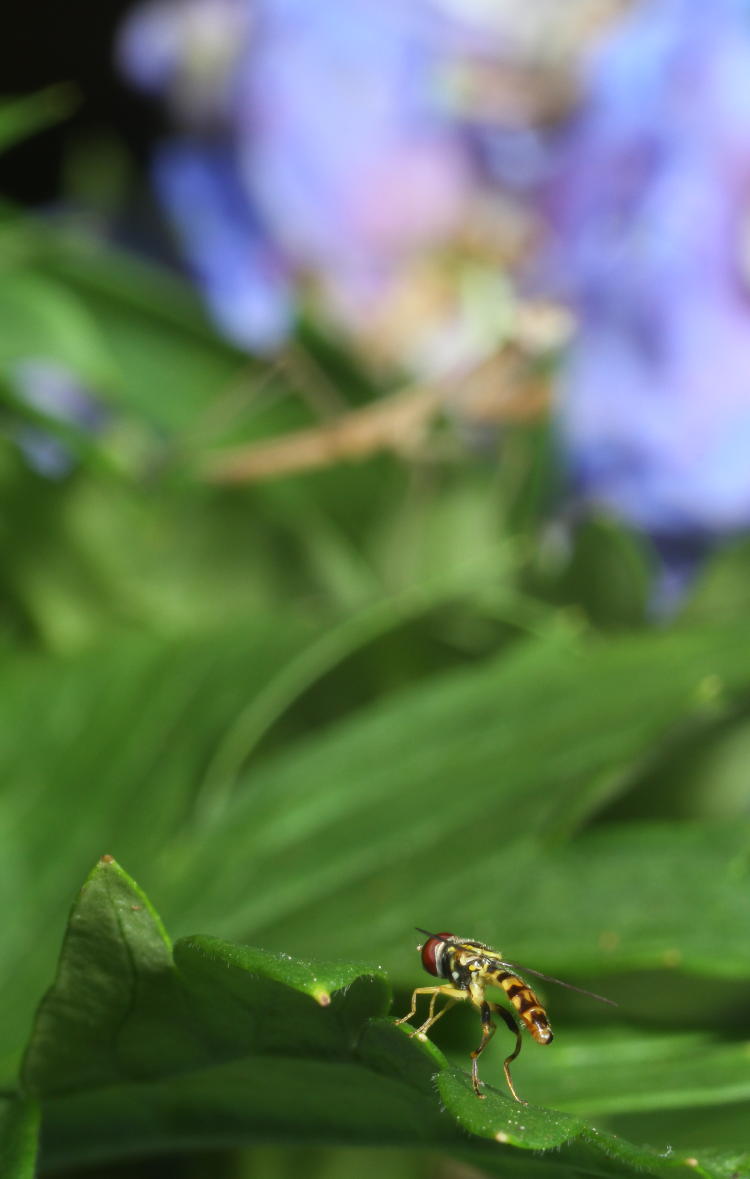

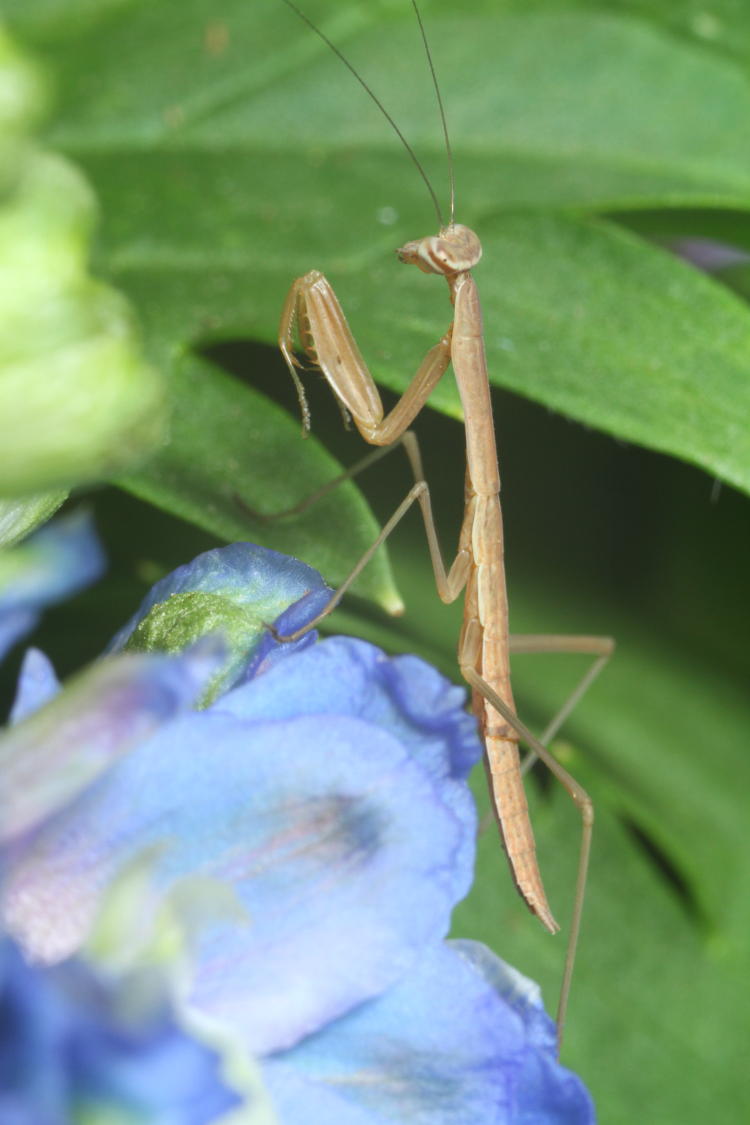

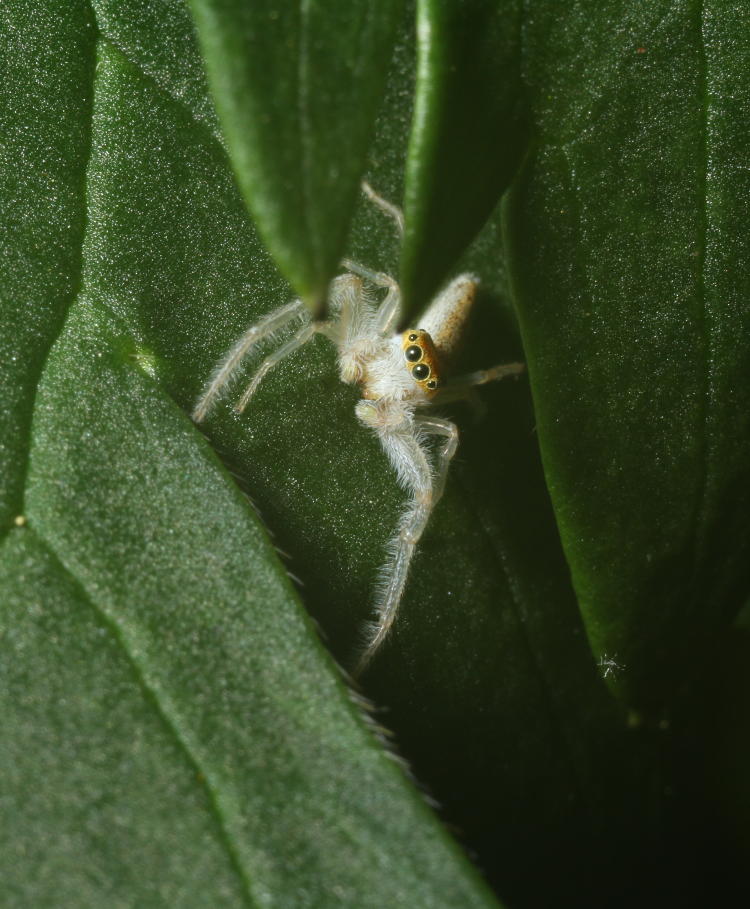
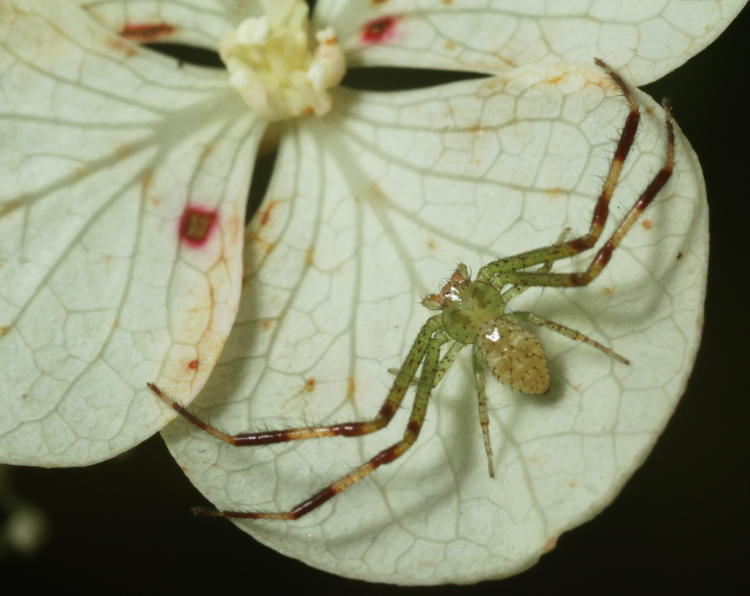
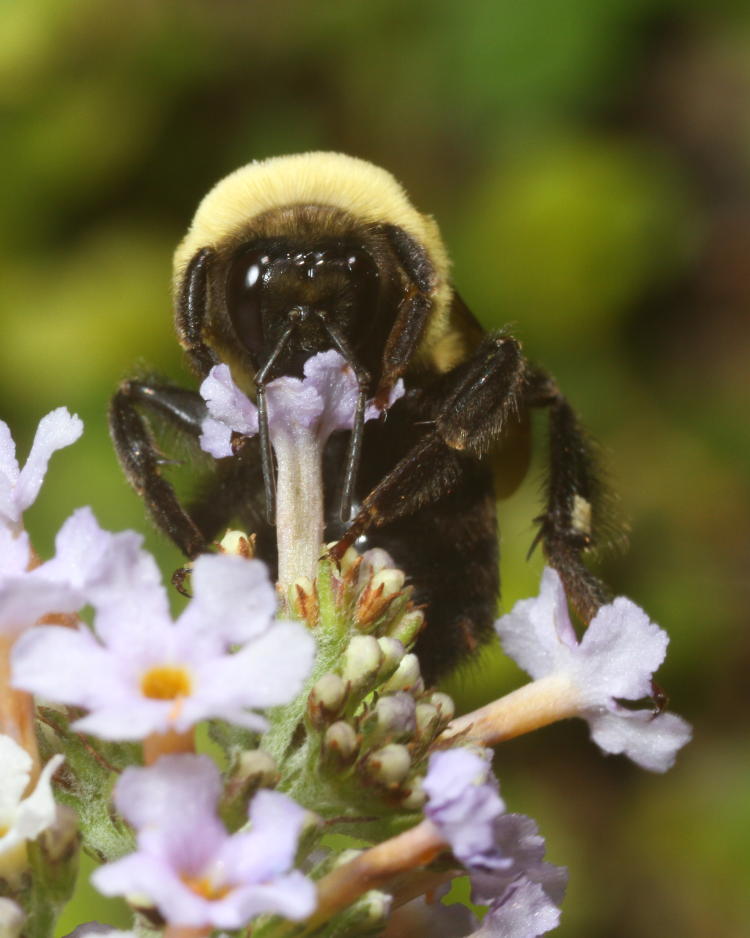
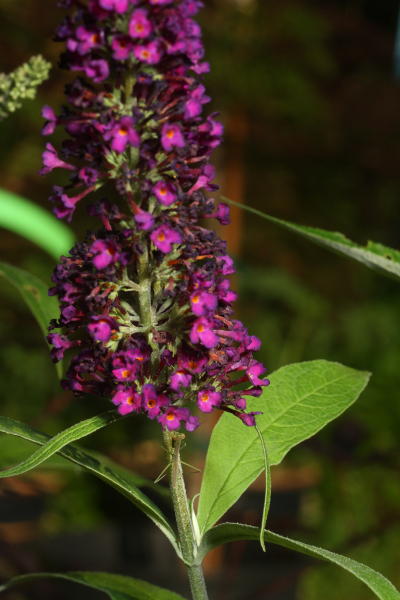 There’s something that I want to point out about that image above, and it’s the forelegs. Because that’s them up alongside the eyes, pulled close to the head and clasping the top of the flower to hold it still while the bee plunges its proboscis within – the uppermost joints sit almost completely hidden behind the bee’s head. Like all arthropods, the legs all originate from the same region underneath the thorax, right next to each other, so the foreleg position here just looks bizarre.
There’s something that I want to point out about that image above, and it’s the forelegs. Because that’s them up alongside the eyes, pulled close to the head and clasping the top of the flower to hold it still while the bee plunges its proboscis within – the uppermost joints sit almost completely hidden behind the bee’s head. Like all arthropods, the legs all originate from the same region underneath the thorax, right next to each other, so the foreleg position here just looks bizarre.